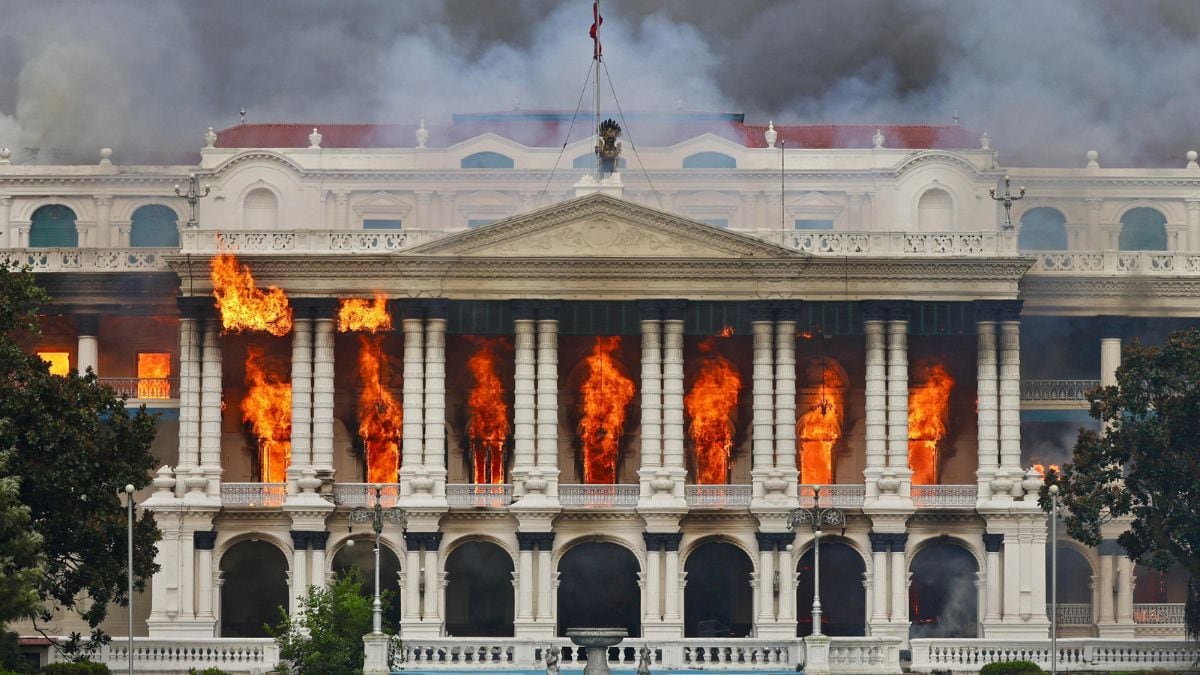London: As the search for survivors continues in the shattered Costa Concordia cruise ship off the cost of Italy, the focus has begun to shift to the search for answers. • Why was the ship travelling so close to shore? • The Mediterranean is very well charted, but the captain said, “There shouldn’t have been such a rock.” • How could such a technically advanced, modern ship suffer such a fate? More to the point, why did it capsize so quickly? Right now, the focus of investigators and the press rests solely on the the captain of the ship, Francesco Schettino. He’s being held by Italian authorities on suspicion on manslaughter, and the press alleged that Schettino was ‘showing off’. [caption id=“attachment_182457” align=“alignleft” width=“380” caption=“The luxury cruise ship Costa Concordia lays on its side after running aground the tiny Tuscan island of Giglio, Italy on Saturday. AP”]  [/caption] The Telegraph reported that the ship had a tradition of sailing close to the island and sounding the its horn, a practice that started because a senior officer’s wife lived on the island. The ship reportedly repeated the manoeuvre last week to greet a friend of the current officers. Costa Cruises, part of the Carnival Cruise empire, joined the chorus of condemnation for the captain and released a statement on Sunday that pointed the finger squarely at Schettino:
“While the investigation is ongoing, preliminary indications are that there may have been significant human error on the part of the ship’s master, Captain Francesco Schettino, which resulted in these grave consequences. The route of the vessel appears to have been too close to the shore, and in handling the emergency the captain appears not to have followed standard Costa procedures.”
Ironically, Schettino joined the company in 2002 as a safety officer. He was asked to respond to claims that he had abandoned the ship without ensuring the safety of its passengers, accusations that he denied on Mediaset television.
Authorities are holding the captain based on these allegations, according to an Italian prosecutor. Italian maritime code states that a captain who abandons his ship in danger can face up to 12 years in prison. Cruise industry under the spotlight The ship will most likely be out of commission for the rest of the year, and according to a legally required disclosure, the loss of the use of the ship will cost the company $85m to $95m. However, that’s just the cost of lost revenue from the ship, and it doesn’t include the “personal injury liability” or even the cost of repairing the damaged ship. The company does have insurance both against damage to the ship and to personal injury liability, but the company will be responsible for the first $30m in costs to repair the ship and the first $10m in personal injury liability claims. The accident also brought into question the safety of modern cruise liners. In Britain, comparisons were quickly made with the sinking of the Titanic. The Titanic sunk 100 years ago this April with the loss of more than 1500 lives. However, as musician and campaigner Midge Ure said on a newspaper review on the BBC’s Andrew Marr Show on Sunday:
“…the captain claimed the rock shouldn’t have been there, and the papers are likening it to the Titanic. Well, with the Titanic, the iceberg was floating but rocks are fairly fixed.”
The Guardian said, “Costa Concordia shows size does not make modern cruise ships impregnable.” The article said that the shallow draft of modern cruise ships made them difficult to “manoeuvre in high winds”. The general secretary of maritime union Nautilus International, Mark Dickinson, said:
“Many ships are now effectively small towns at sea, and the sheer number of people onboard raises serious questions about evacuation.” Dickinson said the issue of “mega-ships” wasn’t limited to the cruise industry but also massive container ships.
“Insurers and salvors have also spoken about the way in which the sheer size and scale of such ships presents massive challenges for emergency services, evacuation, rescue, and salvage – and we should not have to wait for a major disaster until these concerns are addressed,” he added.


)

)
)
)
)
)
)
)
)



